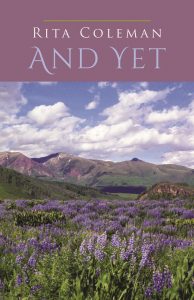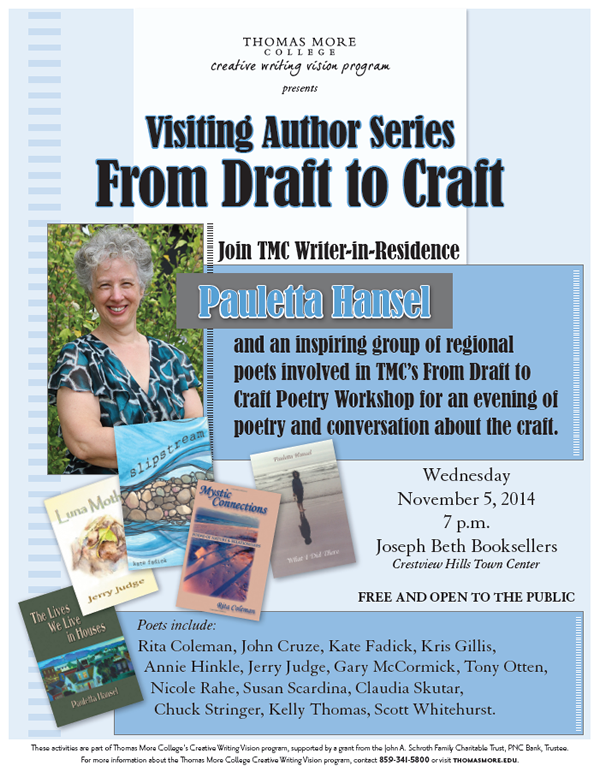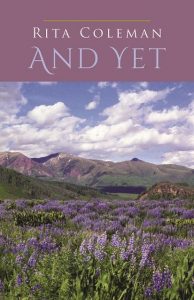As Finishing Line Press’s Chapbook of the Day, I offer you a poem from my forthcoming poetry book, And Yet.
In Praise of Children Who Don’t Listen
Rita Coleman
When asked why, they say Sometimes I don’t want to listen.
Fair enough you think.
You remember what it’s like
Filling every waffle hole with syrup
Pondering the swirling bathtub drain
Feathertouching a cicada shell, brown, brittle, cramped
Gazing out of focus, losing what self you have in dreaminess
While people taller and older interrupt your world.
But you say I need you to listen
Because saying it twice or even three times demands
more words for your tired mouth
That squirrel could bite
No running on the couch
That is not stable
Over and over day after day, alert, you repeat
Because your job is keep little bodies safe.
Yet you long to uphold the right to not listen,
To silence those damnable interruptions for a
A glint off a golden dome
A mockingbird’s tumblesong
A green bite of parsley from the earth
Sensations, colors, shapes, gaining admittance–or not.
Now that you’re older you can. But do you?
Or do the conspirators have all your attention?







